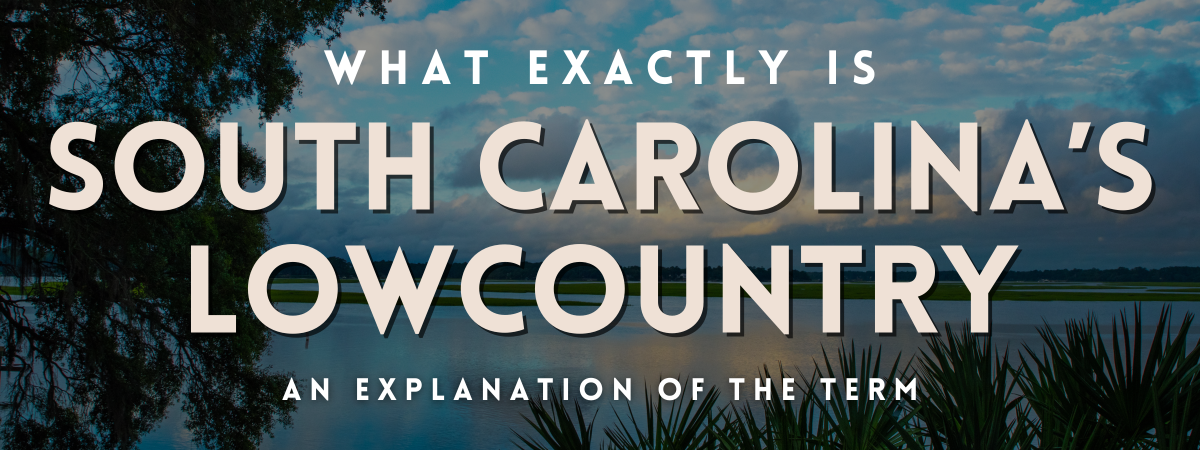The Lowcountry is not a term you often encounter unless you’re traveling through it or are planning to. You’ve probably seen it mentioned on this blog a bunch, or have come across it being used as a part of a company’s name located in and around Hilton Head Island. It’s even written a few different ways: Lowcountry, Low Country, lowcountry… But what is it?
To put it simply, the Lowcountry is a term used to describe a geographic area in South Carolina. Not only can the area be considered the lowest part of the state’s coastline, but the sea level is considerably lower as well. With the Atlantic Ocean and the Savannah River on either side, the Lowcountry is said to lay below the Fall Line, where the hard, rocky soil from the mountains meets the softer, sandy soil from the coastal plain.

Many people have different ideas of where the Lowcountry begins and ends. Some people like to include Georgetown, a county that sits just below Myrtle Beach. The state would consider Georgetown a part of the PeeDee region, leaving only eleven counties making up the “real” Lowcountry. Other people forget about all of the counties, and only include those that have more to do with tourism—sometimes we’re guilty of this, too! When giving advice about many of the day trips to take and events to attend in the Lowcountry, we’re primarily thinking of the locations within an hour’s drive—maybe two if it’s Charleston—away from Hilton Head Island.

The Lowcountry is much more than just a location but is a way of living. You may hear locals using the term, “Slowcountry,” since the region is known for its relaxing and peaceful way of life. And how could you not be relaxed? The beautiful and serene landscape full of saltmarshes, maritime forests, and stunning beaches lends itself to many moments where you just have to sit back and admire it.

Living the Lowcountry life has been handed down to us from generation to generation. Those in its history having had to live off the land and sea, created a way of life almost completely influenced by the landscape. Delicious seafood dishes and certain art styles and mediums are a few examples of how groups of people such as the Gullah, local industries, and more have been inspired by and therefore created the iconic Lowcountry that we know today.
